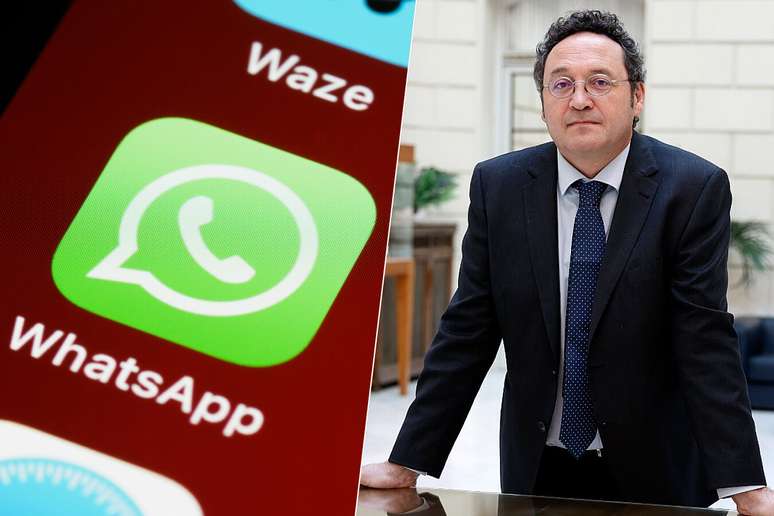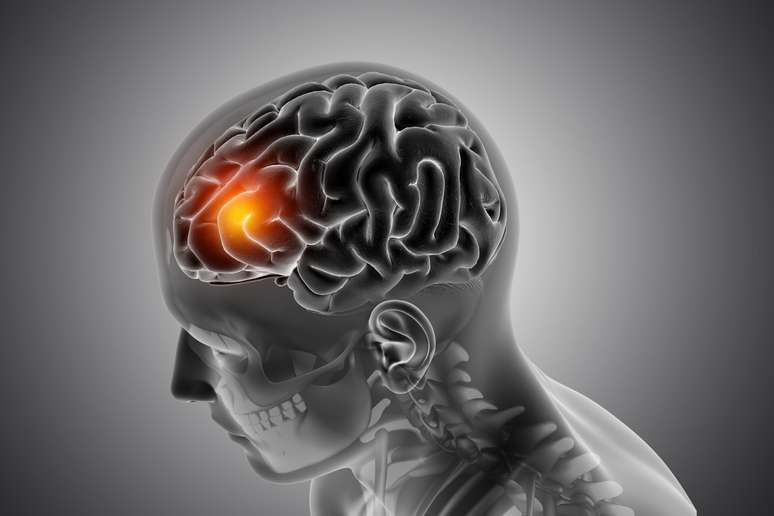IBGE research shows that from 2022 to 2023, 8.7 million people moved out of poverty in Brazil. In the same period, 3.1 million rose out of extreme poverty. The decline is attributed to the employment rate and social benefits. In 2023, Brazil reached the lowest levels of poverty and extreme poverty ever recorded by the Synthesis of Social Indicators (SIS), a survey conducted annually since 2012 by the Brazilian Institute of Geography. and Statistics (IBGE).
Despite the decline, data released this Wednesday (04/12) shows that 58.9 million people were still living in poverty last year; while 9.5 million were in conditions of extreme poverty.
The study takes into consideration so-called monetary poverty, that is, the family’s lack of income to ensure well-being. To draw the limits, the IBGE used the World Bank criteria of $2.15 per capita per day (or R$209 per month) for extreme poverty and $6.85 per capita per day (or R$665 per month) due to poverty.
The percentage of the population in extreme poverty at the end of 2023 was 4.4%. The index was 6.6% in 2012 and 5.9% in 2022. In the last two years of the survey, 3.1 million people stopped being extremely poor, that is, they began to be able to count on the equivalent of at least $2.15 per day.
In relation to poverty, the percentage of the population with the equivalent of less than $6.85 per day was 27.4%. The rate was 34.7% in 2012 and 31.6% in 2022. Between 2022 and 2023, 8.7 million people stopped being poor.
Employment and income
According to IBGE researcher Bruno Mandelli Perez, two factors explain the reduction in poverty and extreme poverty: employment and social benefits, such as the Bolsa Família and the Continuous Payment Benefit (BPC), which guarantees a minimum wage for the elderly and to people with disabilities.
“Both the labor market and the benefits of social programs are important in explaining poverty reduction, but the labor market is more important in the case of poverty; and the benefits of social programs, in extreme poverty,” he explains.
“The increase in the average values of benefits granted by Bolsa Família in 2023, compared to Auxílio Brasil 2022, certainly had an impact on maintaining the poverty and extreme poverty reduction trajectory in 2023,” underlines the SIS text.
Regional differences
The research shows that the Northeast has the highest percentage of people in extreme poverty (9.1%), more than double the national average (4.4%). In the South the rate is equal to 1.7% of the population, the lowest in the country.
The North-East also appears as the region with the largest share of poor people, equal to 47.2%. Also in this case the South appears at the opposite extreme, with 14.8%, which practically corresponds to half the average share of the country.
Women and blacks
Analyzing the poor population, the IBGE finds that the greatest victims of poverty and extreme poverty are women, blacks (black and coloured) and young people.
While the percentage of men in poverty is 26.3%, that of women reaches 28.4%. In relation to extreme poverty, the proportions are 4.3% and 4.5% respectively.
In terms of color, among whites, 17.7% are poor. Among people of color the percentage is practically double, 35.5%; and among blacks, 30.8%.
If we consider the extreme poverty threshold, among whites it is only 2.6%; among black and brown people, 6% and 4.7%, respectively.
The most affected are the youngest
Analyzing by age group, it emerges that the young population has rates higher than the national average (27.4%). Among those up to 15 years old it is 44.8%. Between 15 and 29 years old, 29.9%.
Researcher Bruno Perez points out that both poverty and extreme poverty are lower in people over the age of 60, with a percentage of 11.3% and 2% respectively.
“It is the population that, in general, has access to retirement, to pensions, that has [os rendimentos] linked to the minimum wage,” he explains.
Social benefits
The Summary of Social Indicators provides data showing the importance of social benefits for the poorest populations. In 2023, earned income was the largest source of money for households. Of every R$100, R$74.20 came from work.
But in the group of families with the lowest incomes, i.e. those receiving up to a quarter of the minimum wage per capita, social benefits accounted for more than half of the income obtained. Out of every R$100, R$57.10 came from benefits, exceeding the R$34.60 from work.
Income from work loses share compared to benefits
When the research series began in 2012, social benefits represented only 23.5% of the household income of the poorest. Ten years later, this share has risen to 42.2%.
“Among these families with a lower income, up to a quarter of the minimum wage, the labor factor loses share and they gain the benefits of social programs,” emphasizes Perez.
The researchers tracked the behavior of the percentage of people living in households that received benefits from social programs. In 2012 it was 25.6%. The percentage practically followed a decreasing trend until it reached 22.7% in 2019, the last year before the covid-19 pandemic.
Due to the pandemic, the percentage jumped to 36.8% in 2020, the highest level on record, before falling to 25.8% in 2022. From 2022 to 2023, the index increased, accounting for 27, 9% of the population lives at home and has benefited from an income transfer. plan. According to the IBGE, the increase is explained by the reissue of the Bolsa Família in March 2023.
The highest percentages of beneficiaries – higher than the national average – are rural residents (50.9%), women (29.0%), black (34.1%), mixed race (36.4%), and children (42.7%).
Researcher Bruno Perez presented a simulation of how poverty and extreme poverty would behave if there were no income transfer programs. Instead of 4.4%, extreme poverty would be 11.2%. Poverty would be at 32.4% instead of 27.4%.
Inequality
In 2023 the Gini index, an indicator that measures the distribution of income in a country, was equal to 0.518, the same value as in 2022 and the best level ever recorded in the historical series since 2012. The Gini index varies from 0 to 1, with the higher value closer to zero, the less unequal the society. The worst level of inequality in the series was recorded in 2018 (0.545).
According to IBGE, if there were no income transfer programs, the indicator in 2023 would be 0.555.
md (Brasil Agency, ots)
Source: Terra
Rose James is a Gossipify movie and series reviewer known for her in-depth analysis and unique perspective on the latest releases. With a background in film studies, she provides engaging and informative reviews, and keeps readers up to date with industry trends and emerging talents.




![Everything starts here: What you expect, on Friday, on May 16, 2025, in 1177 episodes [SPOILERS] Everything starts here: What you expect, on Friday, on May 16, 2025, in 1177 episodes [SPOILERS]](https://fr.web.img3.acsta.net/img/01/ca/01ca45a3e2429e494bc796ca5ca4837c.jpg)


